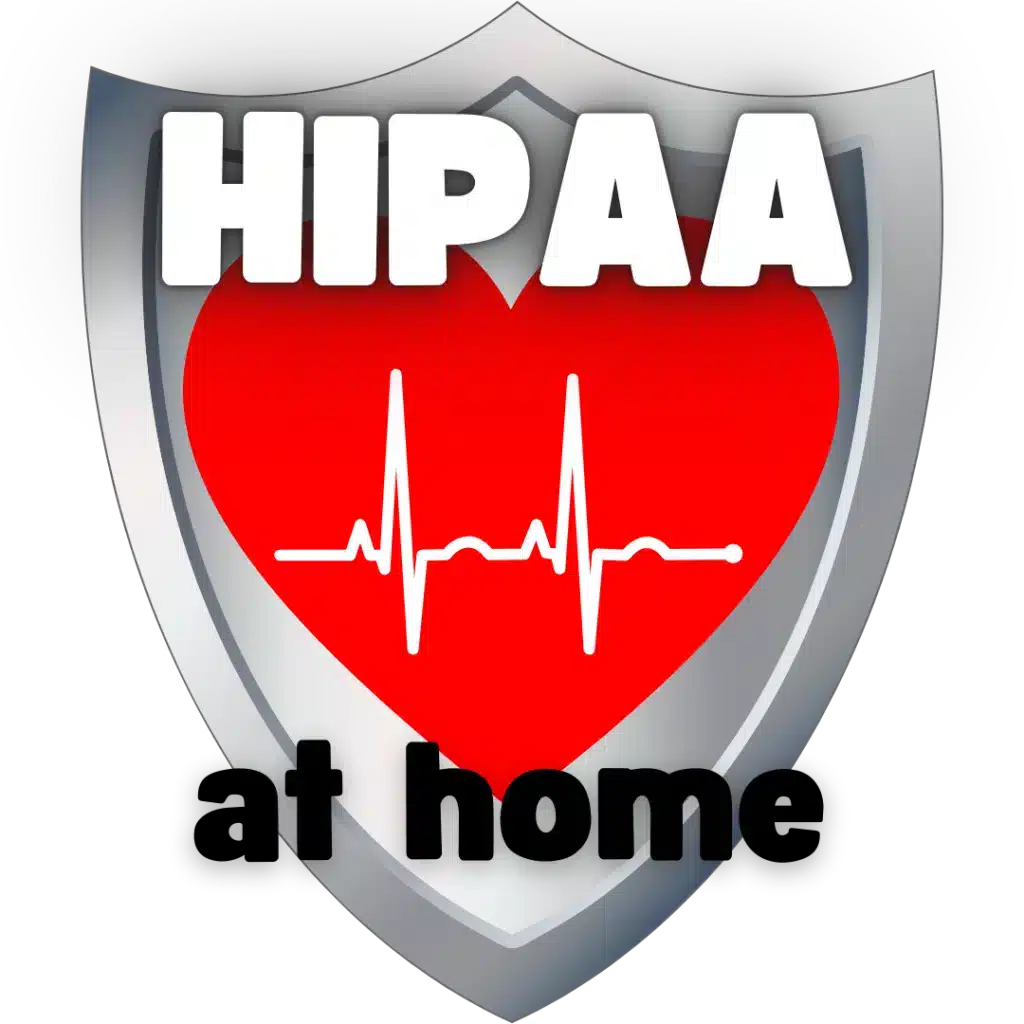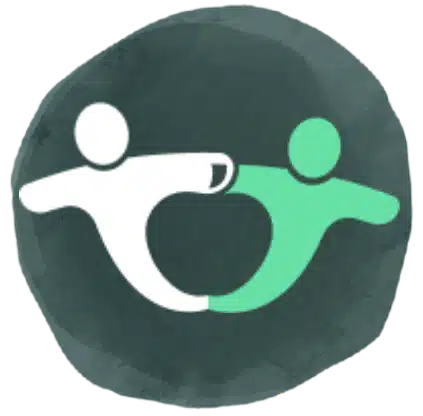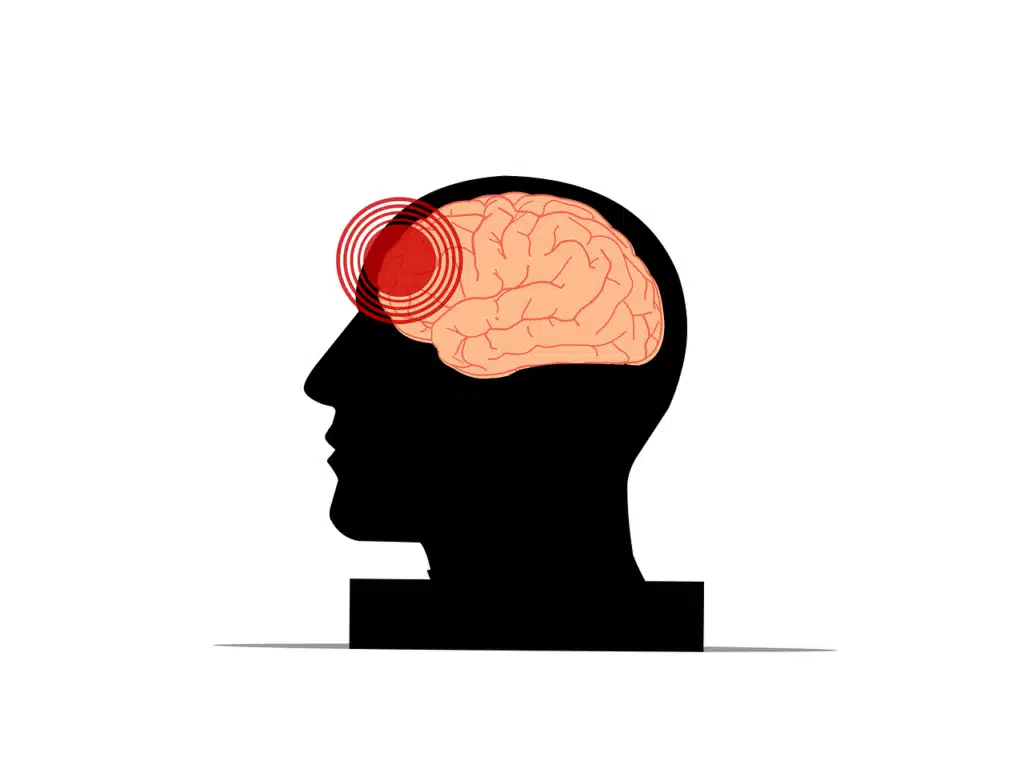What is up with AI?

The buzz around artificial intelligence (AI) has hit pretty much every corner of life these days. Speech-language pathology (SLP) is no different. For us clinicians, these new AI tools have brought a real mix of feelings. There’s certainly curiosity, but also a good chunk of “Wait, what?” Maybe you feel some apprehension and, yes, let’s be honest, even some straight-up fear. How do we even begin to separate AI Truth vs AI Myth?
Ads scream about AI writing full reports in minutes, and professional communities discuss blanket policies on AI use. It’s easy to get caught up in a swirl of misunderstandings about what this technology actually is, and what it means for SLPs.
This is the second of an 8-part weekly series on AI. See the bottom of this post for a full list of planned posts in this series. Each post ends with a quick 3-4 question poll that will be reported in the final part.
In this post, we’re going to cut through all the noise and tackle some of the most common myths floating around about AI and clinical practice. Our goal is to clarify AI’s true capabilities and limitations. I aim to help you navigate this changing scene with solid information and perspectives for informed decision-making.
AI Truth or Myth 1: AI will replace human SLPs.

Myth Debunked – This is probably the biggest worry. Will AI make human speech-language pathologists a thing of the past?
The truth is, AI can generate text, analyze patterns, and even provide basic feedback. However, there is a fundamental difference between artificial intelligence and human clinical expertise.
Our work as SLPs often comes from our own lived experiences, deep empathy, unique ways of understanding human communication. We strive to foster growth and connection in complex individuals in an even more complex society.
AI, as it stands, simply doesn’t possess that. It operates by identifying patterns from vast amounts of data, but it lacks genuine thoughts, emotions, or lived experiences to draw upon. That nuanced assessment, the understanding of client needs and motivations, and truly original, resonant therapy approaches? That’s human SLP territory, and it’s irreplaceable.
AI Truth or Myth 2: Using AI goes against HIPAA and client confidentiality.
Myth Debunked – This is a paramount concern for SLPs, and rightly so. The myth suggests that any use of AI tools inherently breaches client privacy regulations like HIPAA. It’s true that using public, unsecured AI models with protected health information (PHI) would be a severe violation. However, the reality is far more nuanced.
Responsible and ethical AI integration within an SLP practice is entirely possible. It involves understanding and utilizing secure, HIPAA-compliant AI tools. You must fully de-identifying data before inputting it into less secure models, and always adhere to established privacy protocols. This series will delve deeper into safeguarding client data. For now, understand that the myth of blanket violation is a misrepresentation.
AI Truth or Myth 3: AI use is unprofessional or inherently unethical for SLPs.
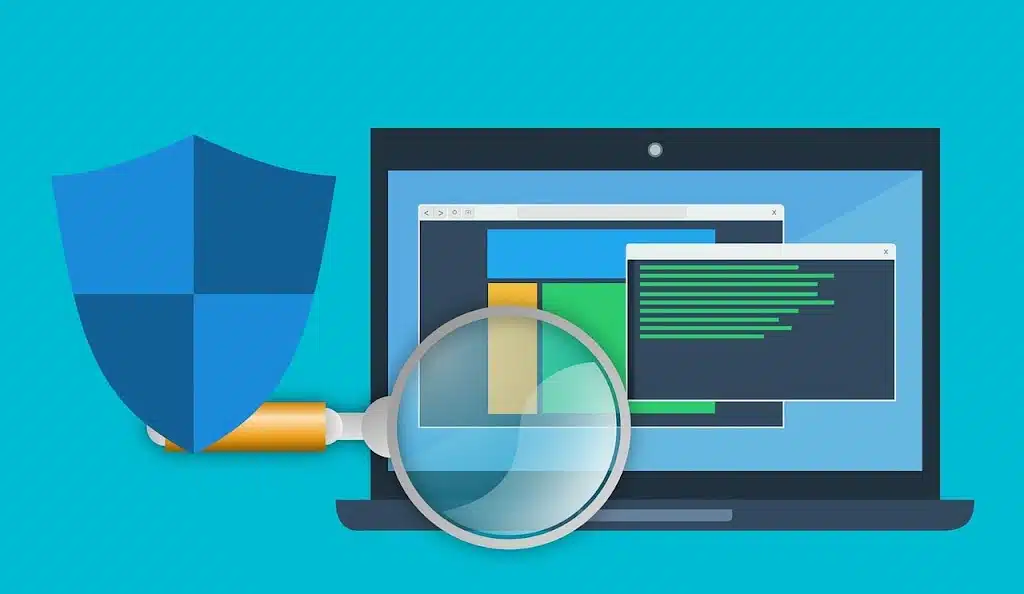
Myth Debunked – Viewing AI as a compromise of professional standards overlooks its significant potential as a powerful tool. Think of it like a massive clinical resource. It’s an advanced documentation assistant, or a brainstorming partner. These are resources SLPs have utilized for ages to enhance their work.
When used in a responsible and transparent way, AI can assist with many clinical tasks. It’s adept at brainstorming therapy ideas, drafting session notes, creating client education materials, or summarizing research. The crucial difference lies in how you use it.
Attempting to pass off AI-written material as your own unreviewed clinical work is certainly unethical. However, using AI to augment your own skills, streamline certain tasks, or provide initial drafts can actually be very beneficial. It can allow you more time for direct client interaction and clinical reasoning.
AI Truth or Myth 4: AI-generated clinical content (e.g., notes, therapy plans, materials) is undependable or inaccurate.
Myth Confirmed – Thinking AI can just instantly produce perfect, clinically sound content without any effort? That’s not truly how it works. AI can certainly assemble grammatically correct sentences for notes or even mimic certain therapy activity styles. What it often lacks is genuine clinical depth, a sense of individualized client needs, and that unique insight that makes therapy truly effective.
AI-generated text can sometimes sound generic, repeat itself, or even introduce clinical inaccuracies or inappropriate suggestions (called “hallucinations”). Fact-checking, personalization, and adaptation to ensure the materials are truly appropriate, accurate, and ready for use are critical. AI is a drafting assistant, not a final clinical decision-maker.
AI Truth or Myth 5: AI can provide definitive diagnoses or independently determine treatment plans.
Myth Debunked – This is a critical misconception. AI models can process vast amounts of medical and clinical data, identify patterns, and flag potential concerns. However, they cannot perform differential diagnoses or independently create comprehensive, individualized treatment plans. AI lacks clinical reasoning and cannot integrate diverse assessment data from multiple modalities. It also lacks nuanced human behavior understanding, missing the ethical responsibility required for core SLP functions.
AI can be a powerful support tool for clinicians. It can summarize research, analyze speech samples for patterns, or brainstorm intervention strategies. It’s critical to remember that the SLP remains solely responsible for all diagnostic conclusions, treatment planning, and ultimate clinical decisions.
AI Truth or Myth 6: AI-powered tools will make therapy impersonal and reduce human connection.

Myth Debunked – The fear that technology will diminish the crucial human element of therapy is understandable. However, this myth overlooks how AI can actually enhance human connection. The truth is, by automating or streamlining repetitive administrative and preparatory tasks, AI can free up valuable time.
This freed-up time means SLPs can dedicate more energy to direct client interaction, building rapport, engaging in personalized therapy activities, and providing the deeply empathetic support that defines our profession. Therefore, AI becomes a tool to optimize our time, allowing us to be more present and connected with our clients, not less.
AI Truth or Myth 7: AI can perfectly understand and replicate human speech, including nuances like accent, dialect, or prosody.
Myth Debunked – Automatic Speech Recognition (ASR) technology has made incredible strides. However, the myth of its universal flawlessness is untrue. It is not unbiased for all populations.
Current AI models can struggle with diverse accents, non-standard dialects, and speech sound disorders. Subtle but critical emotional and linguistic nuances like sarcasm, intonation, or pitch variations are also frequently missed.
For SLPs, relying solely on flawed ASR for diagnostic or therapeutic purposes could lead to misinterpretations, inaccurate assessments, or inappropriate intervention strategies. This is especially true when working with culturally and linguistically diverse populations. The SLP’s ear and clinical expertise remain paramount for accurate phonetic, phonological, and prosodic analysis.
AI Truth or Myth 8: Using AI requires extensive tech expertise or coding skills.
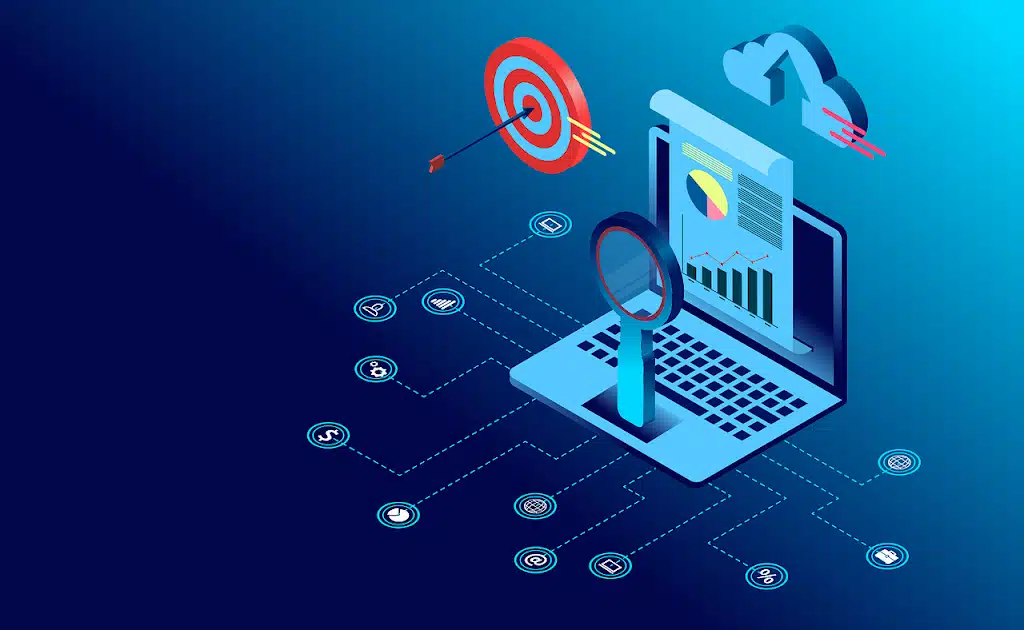
Myth Debunked – Many SLPs may feel intimidated by AI, believing it demands a deep understanding of computer science or programming. The myth suggests that only tech-savvy individuals can leverage AI in their practice. The reality, however, is that most common generative AI tools are designed with user-friendly interfaces that resemble simple chat programs.
You interact with them using natural language prompts, much like you would talk to a colleague. While understanding how to prompt effectively is key (a topic we’ll cover later in this series!), it requires no coding skills whatsoever. This accessibility makes AI a tool that can be integrated by any SLP, regardless of their tech background.
AI Truth or Myth 9: AI is only beneficial for a small niche of SLP practice (e.g., articulation or language).

Myth Debunked – The misconception here is that AI’s utility is narrowly confined to specific areas of communication disorders. In reality, AI’s potential applications span the vast breadth of SLP practice. Beyond generating articulation drills or language activities, AI can assist in areas such as:
- Social communication: Brainstorming social scripts or narrative scenarios.
- Fluency: Organizing research or drafting educational materials on disfluencies.
- Voice: Summarizing literature on vocal hygiene or voice therapy techniques.
- Dysphagia: Assisting with literature reviews or creating patient education handouts.
- AAC: Generating ideas for symbol sets or communication board layouts.
- Professional Development: Summarizing research articles or creating CEU presentation outlines.
AI is a versatile assistant that can be adapted to enhance efficiency and creativity across virtually all domains of speech-language pathology.
Moving Forward with Clarity and Facts:
It’s crucially important for us SLPs to gain a clear understanding of what AI can and can’t do right now. By busting these common myths, we can begin to see AI is not something that’s going to take our jobs. Instead, it is a tool that might actually prove helpful in our clinical process, allowing us to spend more time where it matters most: directly with our clients.

What are your initial reactions to the AI fact and fiction we’ve outlined? Are there other common beliefs or fears about AI in SLP practice that you’ve encountered or that worry you personally? Share your thoughts in the comments below, and then share your perspective in our quick poll! Results will be shared at the end of the series!
AI & SLPs Poll 2
I’d love to hear your thoughts after reading this post! Please answer these 4 questions; your valuable input will help shape my series’ final insights. To keep the poll fair and ensure unique responses, a Google account sign-in is required. Be assured, your email address is neither collected nor visible to me.

Ready to keep the facts straight? To help you quickly recall and share AI Truth vs Myth, I’ve created a ‘Quick-Check AI Myth Buster Cheat Sheet for SLPs’. This valuable resource condenses all 9 myths and their factual realities into a handy, single-page reference, and it’s an exclusive for my subscribers!
Want to get your hands on this cheat sheet and navigate the AI landscape with confidence? Simply subscribe using the form below to gain instant access!
The AI & SLPs Series: Your Comprehensive Guide
Welcome to the AI & SLPs Series! Over the next eight weeks, we’ll delve deep into how Artificial Intelligence is shaping the world of speech-language pathology. Here’s what you can expect:
- Part 1: AI & Clinical Data Privacy
- This foundational post explores AI training data, client privacy, and HIPAA compliance for SLPs, including the non-negotiable role of BAAs.
- Part 2: Separating Truth vs Myth
- We debunk common AI myths in SLP practice. Get a realistic understanding of AI’s true role and capabilities.
- Part 3: How AI Tools Work
- Get a clear, jargon-free explanation of how large language models function. Understand their capabilities and limitations.
- Part 4: AI for Clinical Spark & Efficiency
- Discover ethical ways to use AI. Brainstorm, overcome planning hurdles, and refine non-clinical communications.
- Part 5: Mastering Prompts
- Learn prompt engineering. Communicate effectively with AI models to get tailored, useful results for SLP needs.
- Part 6: Compliant Platforms & Tools
- This post guides you through AI tools. Learn key factors for ethically and compliantly selecting platforms for your SLP practice.
- Part 7: Ethical & Responsible Use
- This crucial post delves into broader ethical responsibilities for SLPs using AI. It covers principles beyond data privacy.
- Part 8: The Future of AI
- This concluding post explores emerging AI trends and future possibilities in Speech-Language Pathology. Prepare to adapt, innovate, and lead responsible AI integration.
Stick around as we keep figuring out this whole thing together, giving SLPs the knowledge they need and helping us all find a balanced way to think about AI in the future of speech-language pathology. There is a lot of gray area and strong opinions, and I hope I can provide some facts to help you make informed choices that correspond with your own values.
Keep on clickin’!
Social Media Icons: designed by rawpixel.com – Freepik.com
